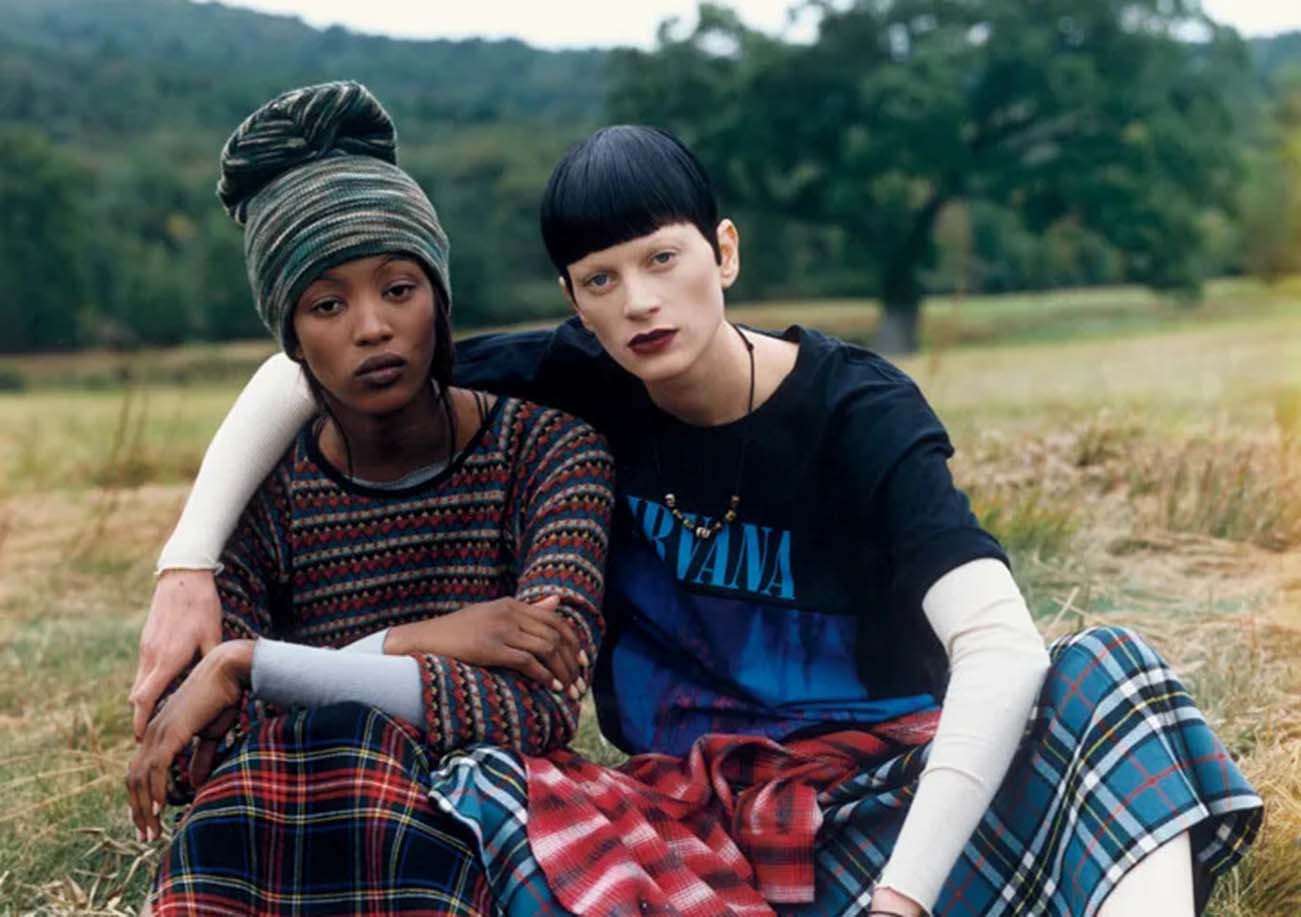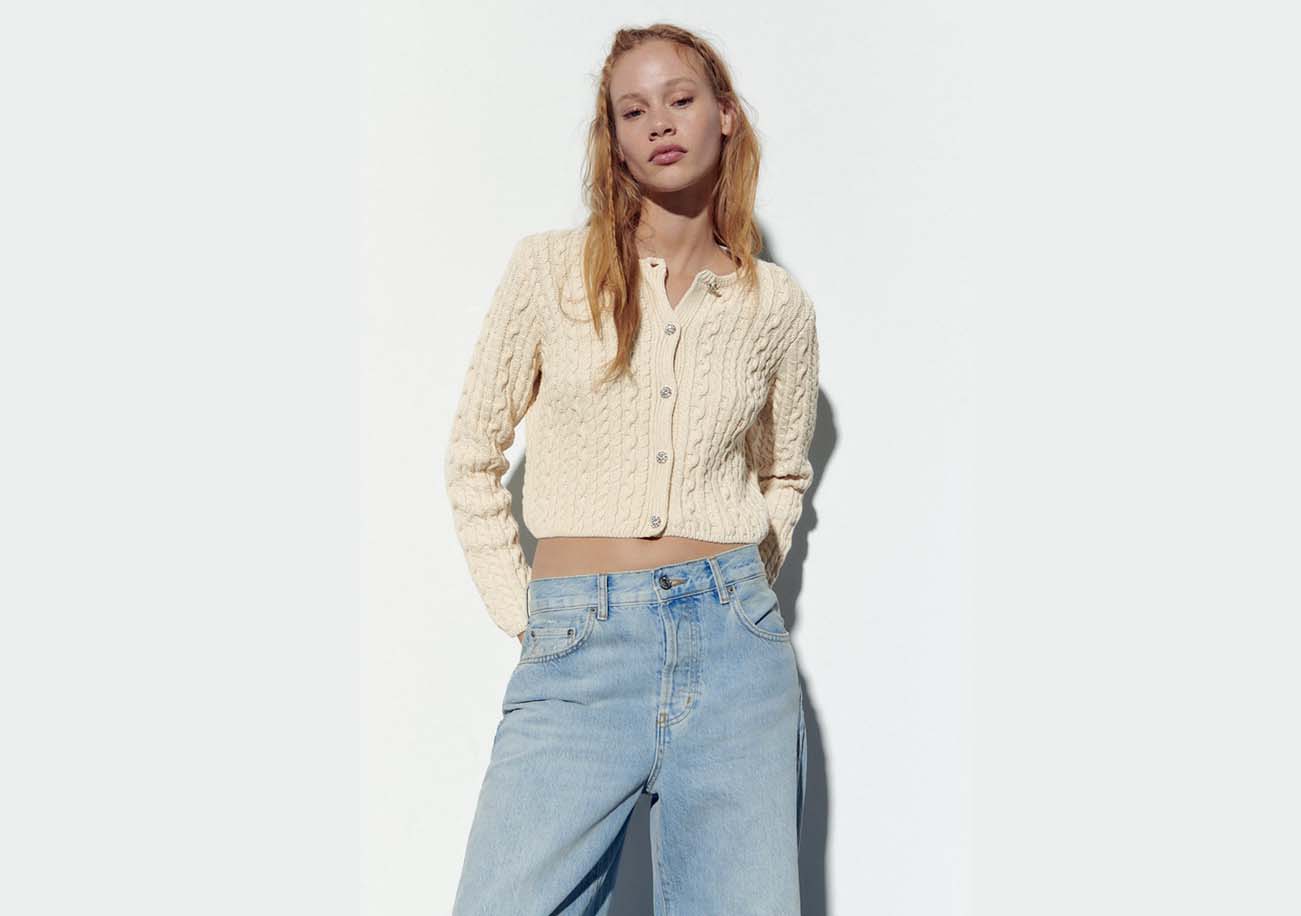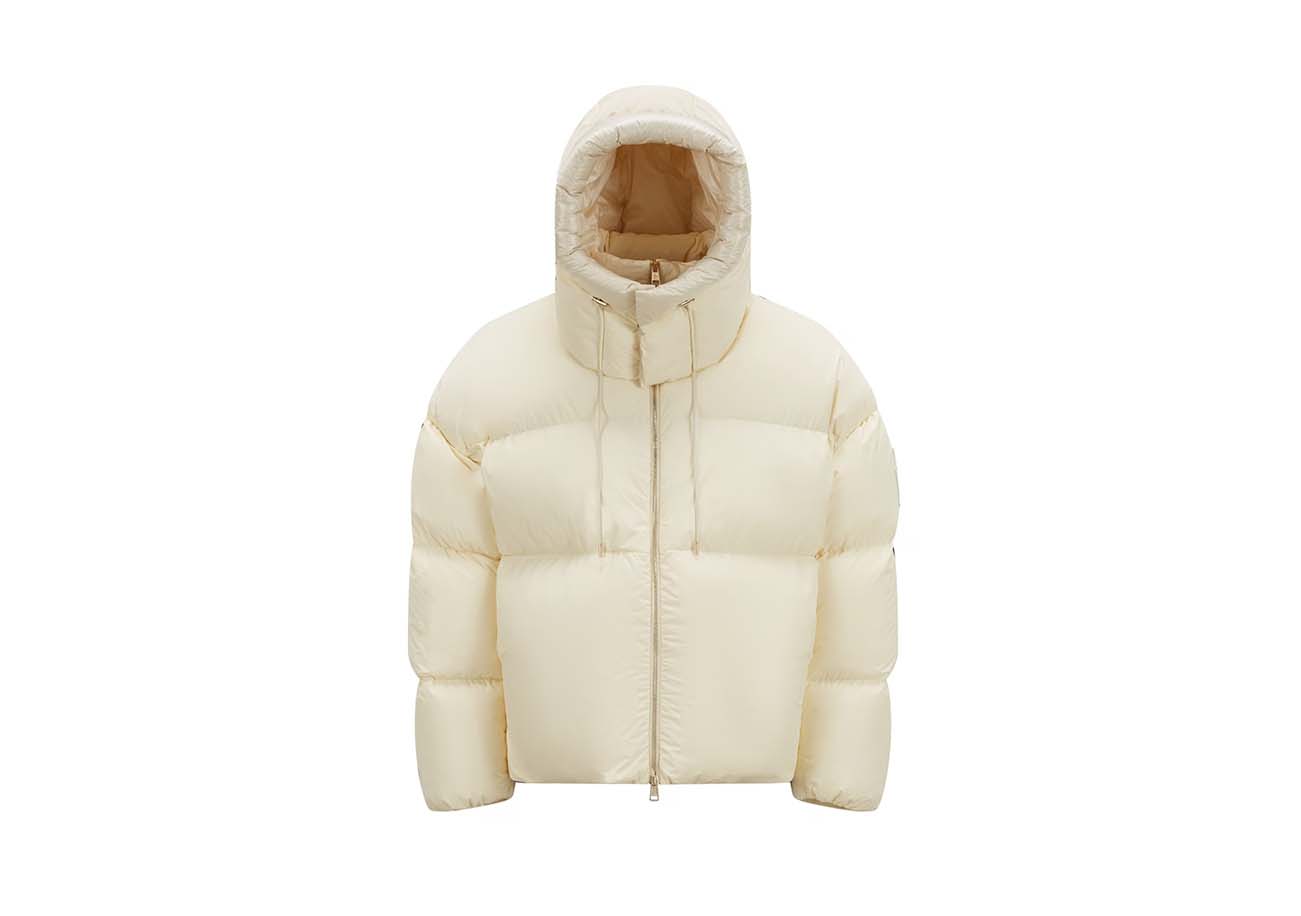Fashion Week is more than just a series of runway shows; it’s an ongoing celebration of creativity, cultural shifts, and the evolution of style. Since its inception, Fashion Week has been a platform for designers to showcase their most innovative collections, and for fashion enthusiasts to witness the evolution of trends and icons. As we look back at the history of Fashion Week, we discover moments that shaped not only the fashion industry but also pop culture, politics, and society at large.
1. The Birth of Fashion Week (1943)
Fashion Week, as we know it today, began in 1943 in New York City. The first-ever organized fashion show, which was a precursor to Fashion Week, was created by the American fashion publicist Eleanor Lambert. At the time, Paris was the center of the fashion world, and due to World War II, travel restrictions meant that the major Parisian designers could not travel to the United States. This created an opportunity for American designers to gain exposure, and the event, known as “Press Week,” quickly gained popularity. This moment laid the foundation for what would become Fashion Week across the globe.
2. Yves Saint Laurent’s ‘Le Smoking’ (1966)
In 1966, Yves Saint Laurent presented a revolutionary collection that would go on to change the fashion world forever. Among the pieces was the iconic “Le Smoking” tuxedo for women—a bold statement against traditional gender norms. The collection was both daring and elegant, challenging conventional expectations of femininity. This moment at Paris Fashion Week remains a significant turning point in fashion history, as it marked the moment when women began to embrace trousers as part of their sartorial repertoire, blurring the lines between masculinity and femininity.
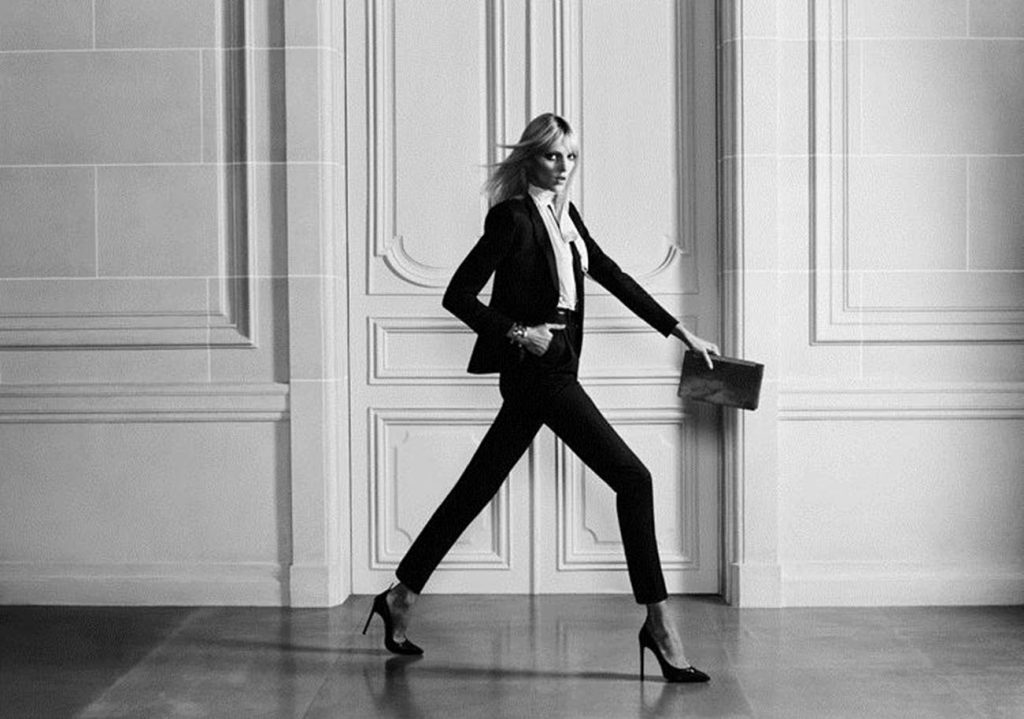
3. Diana Vreeland Takes Over the Met (1972)
In 1972, Diana Vreeland, the iconic fashion editor of Vogue, was appointed the curator of the Costume Institute at the Metropolitan Museum of Art in New York. Her work would go on to reshape the fashion scene at Fashion Week and beyond. One of her most notable exhibitions, The Glory of Russian Imperial Costume, was a pivotal moment in the celebration of fashion history. Vreeland’s unconventional, avant-garde approach to fashion curation at the Met would forever change how fashion history was viewed, pushing boundaries and inspiring the next generation of designers.
4. Supermodels Rule the Runway (1980s-1990s)
The 1980s and 1990s were defined by the rise of supermodels, and Fashion Week became the stage where these iconic women—Cindy Crawford, Naomi Campbell, Linda Evangelista, Christy Turlington, and Claudia Schiffer—would dominate. These models were more than just faces; they were powerful personalities who defined the era. Their presence on the runway elevated Fashion Week to a level of global attention, making it a cultural phenomenon. In 1990, when Naomi Campbell famously tripped on the runway during a Vivienne Westwood show, it only added to her mystique, further cementing the idea of Fashion Week as a glamorous spectacle full of drama and excitement.
5. Marc Jacobs’s Grunge Collection (1992)
In 1992, Marc Jacobs stunned the fashion world with his grunge-inspired collection for Perry Ellis. The collection was a rebellious departure from the glamorous and polished looks that were prevalent at the time. It featured plaid shirts, flannel, and combat boots—a style that was rooted in the Seattle grunge movement of the early ’90s. Critics were initially divided, but the collection quickly became a defining moment in fashion history, signaling the rise of streetwear and casual fashion. It also marked the beginning of Marc Jacobs’ journey to becoming one of the most influential designers of the decade.
6. Jean-Paul Gaultier’s Corsetry (1998)
Jean-Paul Gaultier is known for pushing boundaries, and his 1998 runway show for his spring collection was no exception. The designer famously showcased his corset-inspired designs, bringing back an age-old symbol of femininity and infusing it with a modern edge. Gaultier’s use of the corset symbolized his ability to blend the historical with the contemporary and proved that he was a master at mixing high fashion with culture and rebellion. The corset became one of his signature designs and a defining moment in his career.
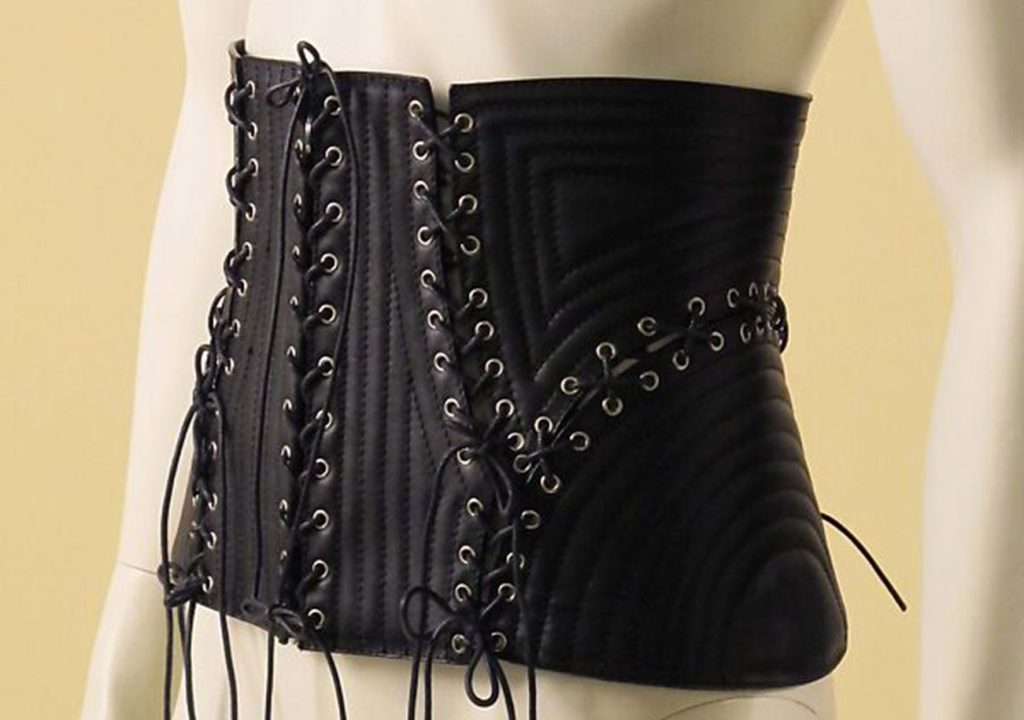
7. The “Naked Dress” by Alexander McQueen (1999)
One of the most iconic moments in Fashion Week history occurred in 1999, when supermodel Shalom Harlow was painted live on stage during Alexander McQueen’s Spring/Summer runway show. This shocking performance piece became one of the most unforgettable spectacles in fashion. The model stood still while robotic arms sprayed her with paint, transforming her into a living, breathing canvas. The image of Harlow, adorned in McQueen’s sheer “naked dress,” became a symbol of the designer’s boundary-pushing creativity. McQueen’s ability to blend fashion with art and performance set him apart as a visionary in the industry.
8. Balenciaga’s High Fashion Streetwear (2006)
In 2006, under the direction of Nicolas Ghesquière, Balenciaga shocked the fashion world with its groundbreaking blend of streetwear and haute couture at Paris Fashion Week. The collection was characterized by oversized silhouettes, hoodies, and sneakers, blending elements of everyday street fashion with high-end luxury. This moment was pivotal in the rise of “high fashion streetwear,” influencing designers and brands for years to come. Balenciaga’s incorporation of street culture into luxury fashion has had a profound impact on today’s fashion scene.
9. Kendall Jenner’s Runway Debut (2014)
In 2014, reality TV star turned supermodel Kendall Jenner made her runway debut at New York Fashion Week, walking for Marc Jacobs. While the moment itself may seem less revolutionary compared to other iconic events in fashion history, Jenner’s rise to fame symbolized the new era of social media influencers and celebrity models. Her debut marked the increasing influence of social media on the fashion industry and signaled the shift toward a more diverse and inclusive modeling world, where influencers could leverage their platforms to gain major opportunities in the industry.
10. Virgil Abloh at Louis Vuitton (2018)
Virgil Abloh’s appointment as the artistic director of Louis Vuitton’s men’s wear in 2018 was a monumental moment for Fashion Week. Abloh, the first Black artistic director in the brand’s history, brought his streetwear background into the luxury space, changing the face of menswear forever. His debut collection for Louis Vuitton at Paris Fashion Week was groundbreaking, as it blended high fashion with street culture, challenging the traditional boundaries of luxury. Abloh’s work has since influenced a new generation of designers, and his impact on Fashion Week will be felt for years to come.
Fashion Week is not just about clothes; it’s about stories, moments, and movements that shape our understanding of culture, identity, and creativity. From the birth of the event in 1943 to groundbreaking moments like Yves Saint Laurent’s tuxedo for women and Virgil Abloh’s appointment at Louis Vuitton, these unmissable moments have made Fashion Week the global cultural force it is today. As Fashion Week continues to evolve, we can only imagine what the next chapter in its history will bring.
